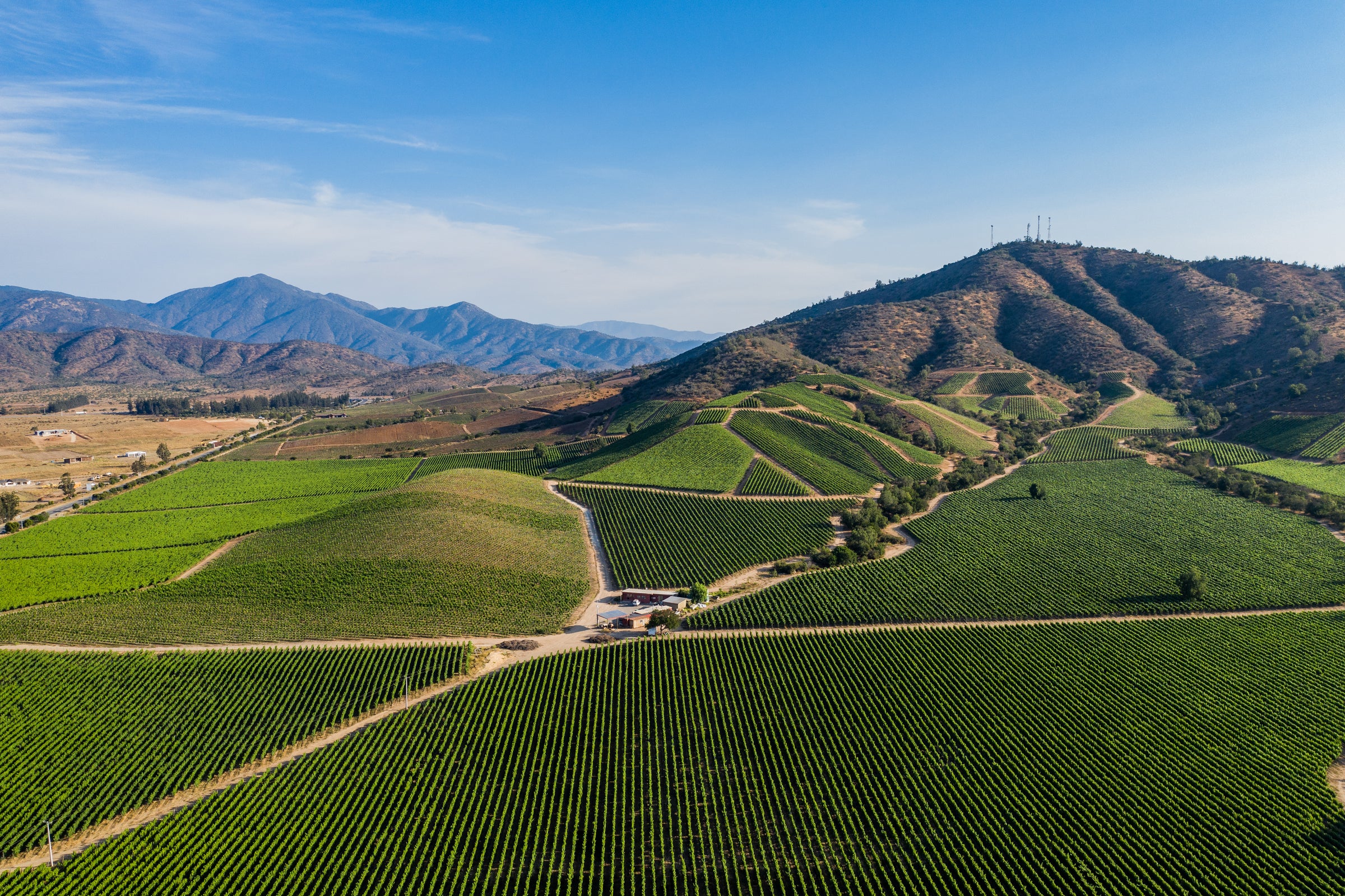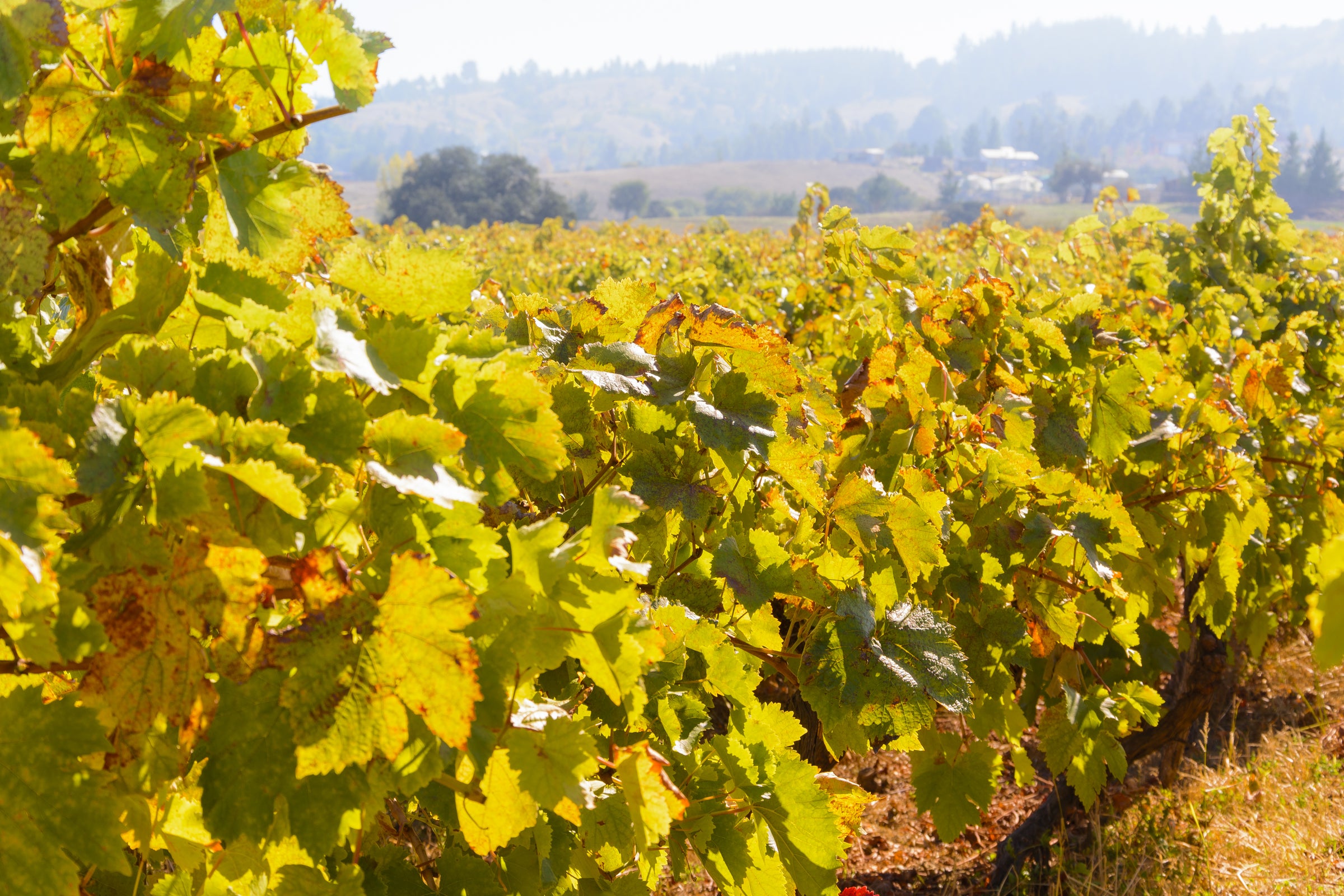It’s one of the first things you figure out when starting your wine journey: special places produce special wines—think about the Mosel, Hermitage, or the Wachau. And after experiencing Alcohuaz’s “Grus,” we’re adding Chile’s Elqui Valley to the list of breathtaking landscapes producing equally impressive wines. After all, terroir doesn’t get much more distinctive than this—these are literally the highest-elevation vineyards on earth!
This 2019 “Grus” sings with sun-soaked purple fruits and thrums with granite-inflected minerality, all wrapped inside the lifted, tensile structure only 7,200 feet of altitude can provide. Indeed, in a few short years, Alcohuaz has quickly garnered sky-high praise from critics and Chilean connoisseurs for producing some of the most exciting wines in all of South America. It’s a Syrah blend even the most Rhône- or Burgundy-obsessed sommelier would happily pour. And while we admittedly don’t offer much Chilean wine here at SommSelect, after a single taste of “Grus,” we knew we had to share such a singular project with you.
The Alcohuaz estate is named for the tiny village in which it’s located, and may just be the most extreme we’ve ever seen, New World or Old. Its home region, the Elqui Valley in northern Chile, is already boundary-pushing by any measure, sandwiched between the cool Pacific coast and the continent-dividing Andres. This rocky, sun-baked valley is home to a few farmers and averages less than three inches of rain per year. Grapes have grown in the Elqui for centuries, but primarily for use in Pisco, Chile’s signature brandy. Only hardy, drought-resistant, ultimately neutral varieties like Pedro Ximenez and Palomino gained a foothold here, and the region was long thought too sparsely populated and forbidding to support any kind of genuine wine trade.
Alcohuaz takes Elqui’s extremes to new heights. Vines here don’t just grow in sight of the Andes or in its foothills, they’re literally planted into the boulder-strewn, granitic slopes of the mountains themselves, well over a mile high (specifically 1.37 for today’s cuvée). Patricio and Alvaro Flaño planted the first vines here after a friend mentioned in passing that it’d be an ideal vineyard site. And they learned the hard way just how daunting this place was: all of their Cabernet Franc and Merlot plantings died. But the varieties in “Grus”—Syrah, Grenache, Petite Sirah, among others—have thus far thrived. The deep roots soak up just enough groundwater, and Alvaro and Patricio have trained the vines into pergolas; their canopies provide protection from UV rays.
The extreme care with which Alvaro and Patricio approach their vineyards carries through to the cellar. The hand-harvested fruit ferments, 50% whole cluster, with spontaneous yeast in concrete tanks called lagares, and is then aged in 2,500- and 6,000-liter wooden vessels for nine months. The blend for “Grus” changes depending on vintage conditions, and in 2019 that meant 75% Syrah, 13% Petite Syrah, 7% Garnacha, and splashes of Malbec, Carignan, and Petit Verdot.
I would treat this like a Northern Rhône Syrah, served in a Burgundy bowl at just above cellar temp to fully appreciate the aromatic range. The nose leads with crushed fresh blackberry, boysenberry, blackcurrant, purple plum skin, dried cherries, violets, white pepper, and sanguine minerality. The palate is juicy and suave, loaded with dark fruits and flowers before a throughline of granitic rock and invigorating acidity make way for the savory, 15-second finish. This is a serious, sun-inflected, mountainous wine that’d be perfect next to some beef after a long day outdoors. Grab some “Grus” and scale the heights!






